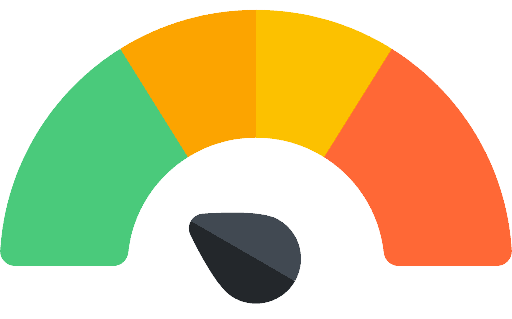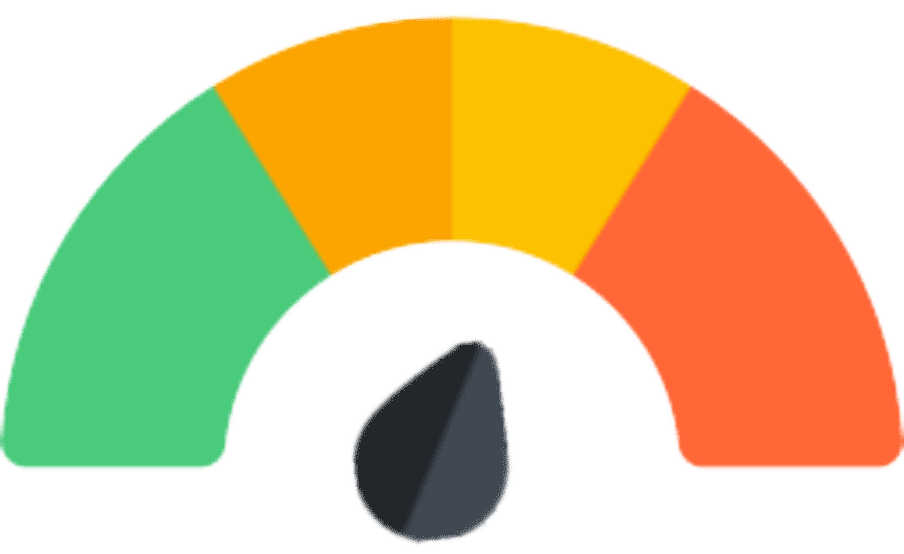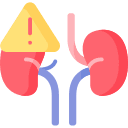GUANFACINE
THERAPEUTICS
Class
- Neuroscience-based Nomenclature: norepinephrine receptor agonist (N-RA)
- Centrally acting alpha 2A agonist; antihypertensive; nonstimulant for attention deficit hyperactivity disorder (ADHD)
GUANFACINE commonly prescribed for
(Bold for FDA approved)
 How GUANFACINE works
How GUANFACINE works
• For ADHD, theoretically has central actions on postsynaptic alpha 2A receptors in the prefrontal cortex
• Guanfacine is 15–20 times more selective for alpha 2A receptors than for alpha 2B or alpha 2C receptors
• The prefrontal cortex is thought to be responsible for modulation of working memory, attention, impulse, control, and planning
• For hypertension, stimulates alpha 2A adrenergic receptors in the brain stem, reducing sympathetic outflow from the CNS and decreasing peripheral resistance, renal vascular resistance, heart rate, and blood pressure
How long until GUANFACINE works
• For ADHD, can take a few weeks to see maximum therapeutic benefits
• Blood pressure may be lowered 30–60 minutes after first dose; greatest reduction seen after 2–4 hours
• May take several weeks to control blood pressure adequately
SIDE EFFECTS
 Notable Side Effects
Notable Side Effects
• Sedation, dizziness
• Dry mouth, constipation, abdominal pain
• Fatigue, weakness
• Hypotension
 Life Threatening Side Effects
Life Threatening Side Effects
• Sinus bradycardia, hypotension (dose-related)
weight gain

unusual
sedation

common
What to do about GUANFACINE side effects
• Wait
• Adjust dose
• If side effects persist, discontinue use
DOSING AND USE
usual dosage range
• Immediate-release: 1–2 mg/day
• Extended-release: 1–4 mg/day
 Dosage Forms
Dosage Forms
• Immediate-release tablet 1 mg, 2 mg, 3 mg
• Extended-release: 1 mg, 2 mg, 3 mg, 4 mg
long term use
• Shown to be safe and effective for treatment of hypertension
• Studies of up to 2 years in ADHD
habit forming
• No
SPECIAL POPULATIONS
 Renal Impairment
Renal Impairment
• Patients should receive lower doses
 Hepatic Impairment
Hepatic Impairment
• Use with caution
 Cardiac Impairment
Cardiac Impairment
• Use with caution in patients with recent myocardial infarction, severe coronary insufficiency, cerebrovascular disease
• Use with caution in patients at risk for hypotension, bradycardia, heart block, or syncope
 Elderly
Elderly
• Elimination half-life may be longer in elderly patients
• Elderly patients may be more sensitive to sedative effects
 Children and Adolescents
Children and Adolescents
• Safety and efficacy not established in children under age 6
• Some reports of mania and aggressive behavior in ADHD patients taking guanfacine
 Pregnancy
Pregnancy
• Effective June 30, 2015, the FDA requires changes to the content and format of pregnancy and lactation information in prescription drug labels, including the elimination of the pregnancy letter categories; the Pregnancy and Lactation Labeling Rule (PLLR or final rule) applies only to prescription drugs and will be phased in gradually for drugs approved on or after June 30, 2001
• Controlled studies have not been conducted in pregnant women
• Animal studies do not show adverse effects
• Use in women of childbearing potential requires weighing potential benefits to the mother against potential risks to the fetus
 Breast Feeding
Breast Feeding
• Unknown if guanfacine is secreted in human breast milk, but all psychotropics are assumed to be secreted in breast milk
• Recommended either to discontinue drug or bottle feed
Based on data Published online by Cambridge University Press
Compiled by Dr. Jash Ajmera